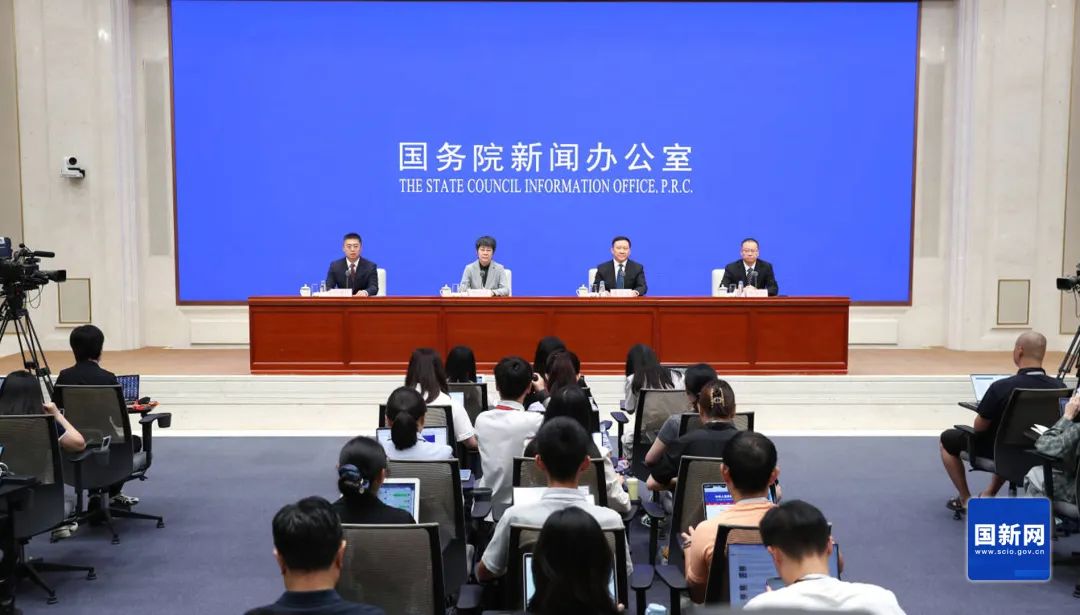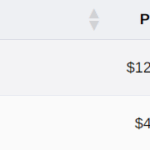The State Council Information Office held a policy briefing on August 7 to introduce the gradual implementation of free preschool education policies. Here are six key questions and answers:
1. What costs will be covered under the free preschool education policy?
The State Council recently issued guidelines on gradually implementing free preschool education, stating that starting from the fall semester of 2025, tuition fees for the final year of public preschool education (commonly known as the “top class”) will be waived. For children enrolled in the final year of private preschools approved by education authorities, fees will be reduced based on the waiver standards of comparable local public preschools.
Future adjustments will consider factors like demographic changes and financial capacity to expand benefits. The government will subsidize preschools for lost revenue, with funding shared between central and local governments. Additional support will be provided for economically disadvantaged children, alongside efforts to improve funding mechanisms and promote universal access to preschool education.
2. Who is eligible for the tuition waiver?
The policy covers all children of appropriate age enrolled in the final year of preschool, whether in public or private institutions, in urban or rural areas.
3. How are the subsidy amounts determined?
This year’s subsidies are based on each province’s actual per-student tuition costs at public preschools, with individualized assessments for each region. Future adjustments will be made through regular policy evaluations to ensure preschools operate smoothly.
4. How much will public and private preschools waive?
Public preschools will fully waive their standard tuition fees. Approved private preschools will match the waiver amounts of comparable local public preschools.
For example: If a private preschool charges 800 yuan monthly while comparable public preschools charge 500 yuan, families at the private preschool would pay only the 300 yuan difference after the 500 yuan waiver.
5. When will children benefit from this policy?
The nationwide policy will cover all final-year preschool children starting this fall, benefiting approximately 12 million children. The government estimates 20 billion yuan in additional fiscal spending and equivalent family savings for the fall semester alone.
Local authorities must complete preparations by August’s end to implement the policy when the fall semester begins. A national preschool management system will verify enrollment and assistance data for accuracy. The Ministry of Education and Ministry of Finance will monitor implementation and guide policy optimization.
6. When will central government subsidies be distributed?
Subsidies will be shared between central and local governments, with the central government covering larger portions (80% for western regions, 60% for central regions, and 50% for eastern regions). Central funds have been fully allocated and will be distributed shortly.
Provinces must develop detailed implementation plans, including subsidy standards and transitional measures for regions with existing preschool assistance programs. Central and local funds must be allocated promptly to ensure preschool operations aren’t affected by the new policy.



